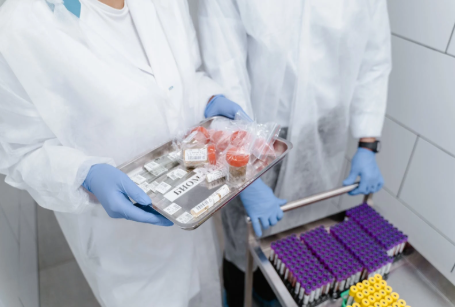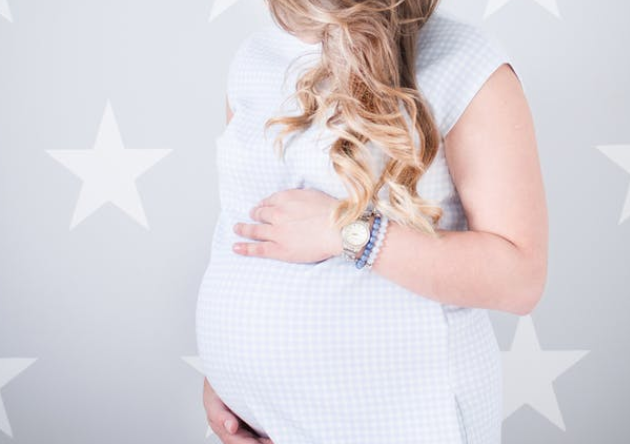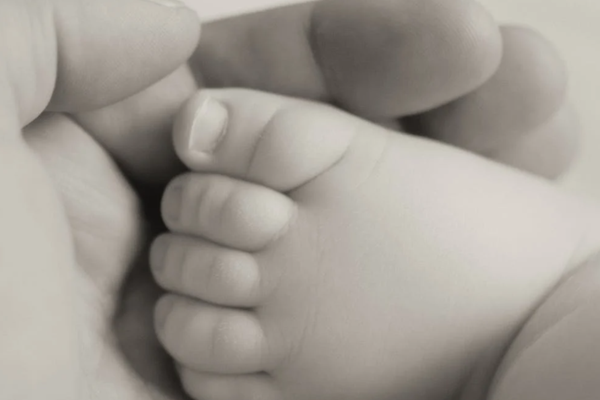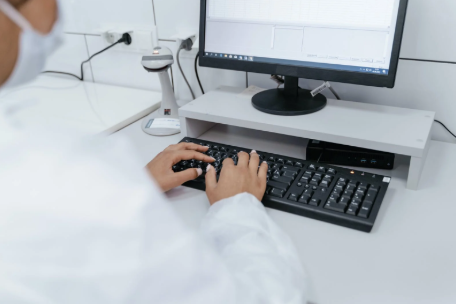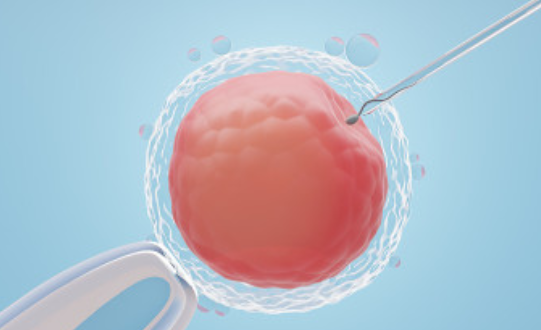剖腹产横切和竖切有何区别?
2024-02-09 01:55:26分娩时刻点击:173
DDPs who have performed cesarean section will know the difference between transverse and lateral incisions. Generally speaking, the former one is beautiful and beautiful, while the latter one is quick and suitable for emergency use. The decision of whether to cut the wound longitudinally or transversely is often based on the doctor's own work experience or the pregnant mother's own preferences.

1. Classification of wounds
transverse wound
The height of the wound is about 3 or 4 cm above the ischial tubercle, and the length of the wound is about 10-15 cm. The skin, skin tissue, and muscle fascia are all cut transversely, but the abdominal muscles are cut longitudinally at the center line into the abdomen.
纵向缠绕
The wound was located on the center line between the belly button and the ischial tubercle, and the length of the wound was about 15 centimeters.
Transverse and vertical incisions are just a matter of surgical wound selection. Transection is a surgical treatment method developed by the Jews. It is mainly helpful for removing the urinary catheter in the early stage after the operation and reducing the pressure on the wound due to the force, which is conducive to recovery. Regardless of transverse or vertical incision, it is important to be pregnant again after three years, otherwise it is very easy to cause uterine rupture and other phenomena.
The wound that cuts the uterine wall can be divided into three types:
1. Longitudinal section of the upper uterus: This is a traditional cesarean section
2. Longitudinal section of the lower uterine segment.
3. Transection of the lower uterine segment.
At present, the third method is the most common and safe. The first and second methods are only used in emergencies.
2. Advantages of lower uterine segment transverse wound
A transverse incision of about 10 centimeters was made on the lower uterus. After the amniotic fluid was broken, the fetus was delivered. Then, the whole muscle layer of the uterus was surgically sutured with two layers of suturing, and the retroperitoneum was sutured back with the third layer.这种方法的优点助孕括:
1. Reduce the chance of peritonitis or abdominal adhesions.
2. The muscle layer of the whole body here is thinner and there is less bleeding.
3. The wound here is not located within the strong contraction range of the uterus during pregnancy, so there is little chance of the wound opening.
3. Relevant professional knowledge
Caesarean section incision sequence
The so-called rupture of the abdomen does not mean that the fetus can be removed with just one cut. According to the caesarean section operation instructions of the Taiwan Adventist Hospital, the method of rupture of the abdomen is to first make a wound of about 15 cm in the lower abdomen of the pregnant mother, and then The body fat, sarcolemma, abdominal muscles, retroperitoneum, and uterine muscle layer are cut in sequence, and finally the amniotic fluid cavity of the pregnant woman is cut, and then the fetus is delivered. After removing the embryo, the upper layers are surgically sutured in sequence, and finally the abdominal skin is surgically sutured with digestible and absorbable filaments.
Abdominal wound appearance
The abdominal wound that many mothers are concerned about refers to the first incision made by the doctor. Dr. Chen Fangyi said that generally there are transverse and straight cuts to open the abdominal cavity. The wound left by the transverse method will be more beautiful and generous in location. In the lower abdomen, probably at the level of the pubic hairline, this area is not obvious. Mothers can still wear midriff-revealing clothes after giving birth. At present, this method is generally used to open the abdominal cavity.
The advantage of the direct incision method is that it is simple and fast. After incision, it is faster to enter the uterus and remove the baby. This method is generally used in emergency situations. However, relatively speaking, its disadvantage is that the wound is large. The scars will also be more visible.
子宫切除术
The last step in abdominal dissection is to cut open the uterus. Dr. Chen Fangyi said that the methods of cutting the uterus can be divided into four types:
1. Traditional straight cutting (classical)
2.T-shape method.
3. Lower edge straight cut (Low-vertical)
4. Low-transverse. Dr. Chen Fangyi said that the current common practice is to use the lower uterine segment transverse method.
anesthetic method
陈芳怡医生表示,一般来说,目前剖宫产手术大多采用上半身麻醉,麻醉方式由麻醉师决定并实施。因为上半身麻醉对*的风险很低,同时麻醉也不会通过。胚胎会伤害胎儿。全身麻醉只能在某些特殊情况下进行,例如麻醉下半身有感染、*有凝血问题、或*在清醒时极度担心腹部破裂。




